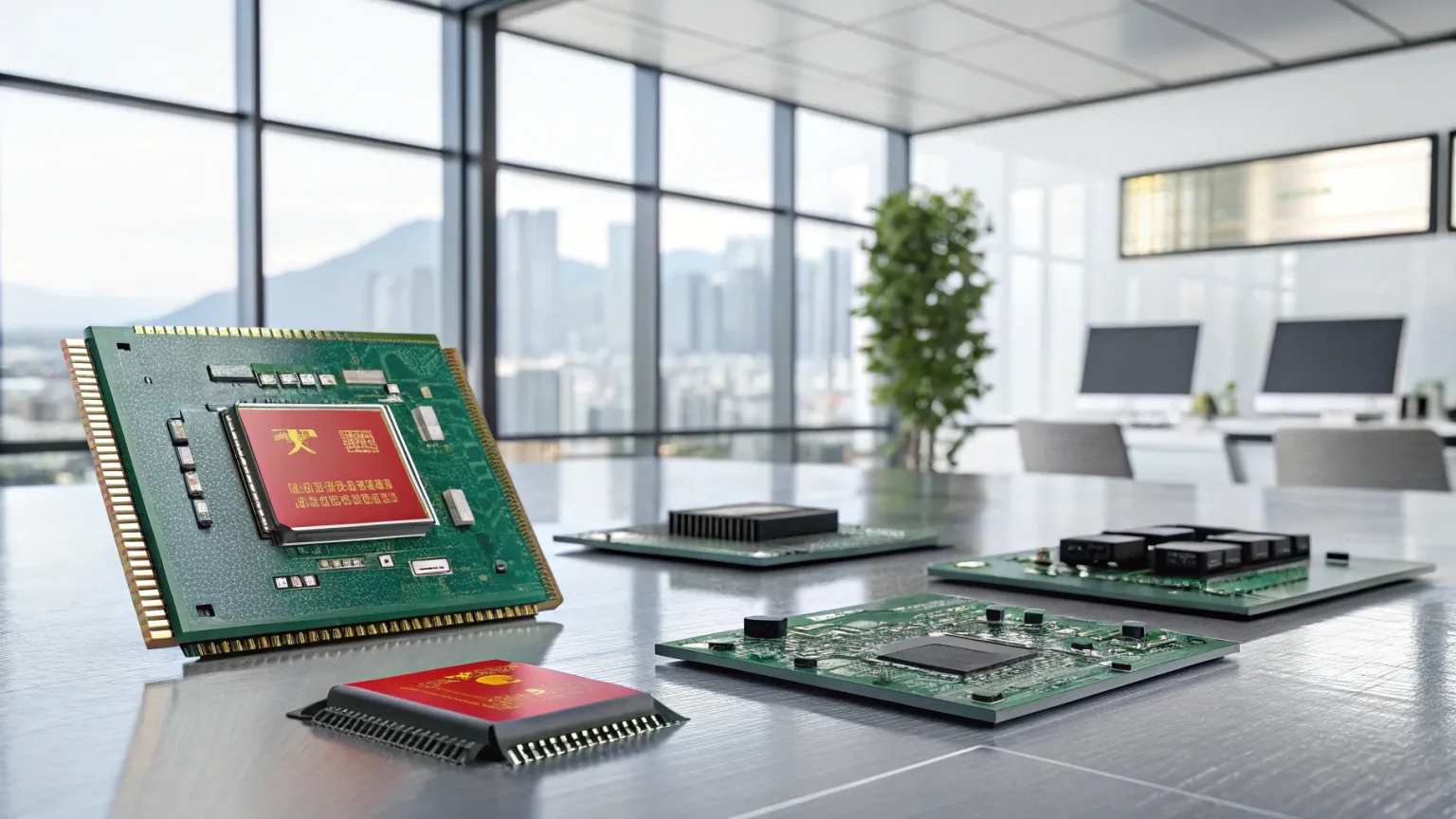Recent market data reveals that local Chinese technology companies are steadily gaining market share against global AI chip leader Nvidia. This shift comes as Beijing intensifies efforts to strengthen its domestic semiconductor industry amid ongoing technology tensions with the United States.
The growing success of Chinese chip manufacturers represents a significant development in the global semiconductor landscape, particularly in the specialized market for AI accelerators where Nvidia has maintained dominant leadership for years.
Beijing’s Push for Technological Self-Reliance
The Chinese government has made technological independence a key priority in recent years, especially in critical sectors like semiconductors. This policy direction has accelerated following various export restrictions imposed by the United States on advanced chip technologies to China.
Government initiatives include substantial financial investments, preferential policies for domestic chip companies, and procurement guidelines that favor local suppliers. These efforts appear to be yielding results as Chinese firms capture increasing portions of the domestic market.
A senior industry analyst noted, “The growth of Chinese chip manufacturers isn’t happening by accident. It’s the direct result of coordinated policy efforts and substantial investments in research and development.”
Chinese Challengers Emerging
Several Chinese companies have emerged as notable competitors to Nvidia within China’s borders. These firms have developed AI accelerator chips that, while not yet matching Nvidia’s top performance metrics, offer sufficient capabilities for many AI applications at competitive prices.
Key players in this space include:
- Huawei’s Ascend series of AI processors
- Cambricon Technologies with its MLU series
- Biren Technology’s general-purpose GPU alternatives
- Shanghai Tianshu Intelligent Technology (Enflame)
These companies have secured significant contracts with major Chinese tech firms and government entities, gradually building market presence where Nvidia once faced little competition.
Market Implications
The rise of domestic alternatives creates a complex situation for Nvidia. While the company still maintains technological leadership globally, its access to the massive Chinese market—previously one of its largest revenue sources—faces increasing constraints.
“Nvidia remains years ahead in performance for the most demanding AI workloads,” said a technology researcher at a Beijing university. “But for many practical applications, the gap is narrowing, and factors like cost and supply security are becoming more important to Chinese buyers.”
The market shift also signals potential changes in the global AI chip industry. As Chinese manufacturers gain experience and scale, they may eventually compete in international markets, particularly in regions participating in China’s Belt and Road Initiative.
For China’s technology ecosystem, having domestic chip suppliers reduces vulnerability to foreign supply disruptions and potentially lowers costs for AI implementation across industries.
The development of China’s semiconductor industry remains a work in progress, with significant gaps still existing in advanced manufacturing processes. However, the growing market share of local players in specialized AI chips demonstrates meaningful progress toward Beijing’s technological self-reliance goals.







